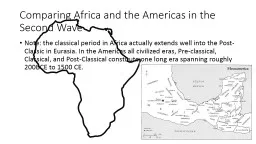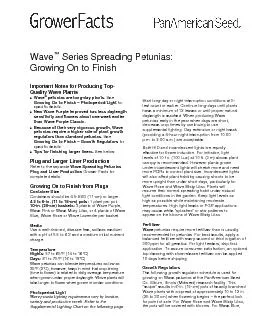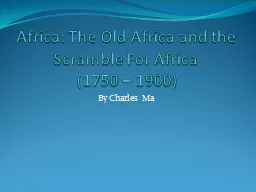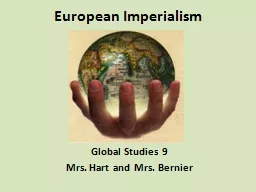PPT-Comparing Africa and the Americas in the Second Wave
Author : cheryl-pisano | Published Date : 2018-12-10
Note the classical period in Africa actually extends well into the PostClassic in Eurasia In the Americas all civilized eras Preclassical Classical and PostClassical
Presentation Embed Code
Download Presentation
Download Presentation The PPT/PDF document "Comparing Africa and the Americas in the..." is the property of its rightful owner. Permission is granted to download and print the materials on this website for personal, non-commercial use only, and to display it on your personal computer provided you do not modify the materials and that you retain all copyright notices contained in the materials. By downloading content from our website, you accept the terms of this agreement.
Comparing Africa and the Americas in the Second Wave: Transcript
Download Rules Of Document
"Comparing Africa and the Americas in the Second Wave"The content belongs to its owner. You may download and print it for personal use, without modification, and keep all copyright notices. By downloading, you agree to these terms.
Related Documents














